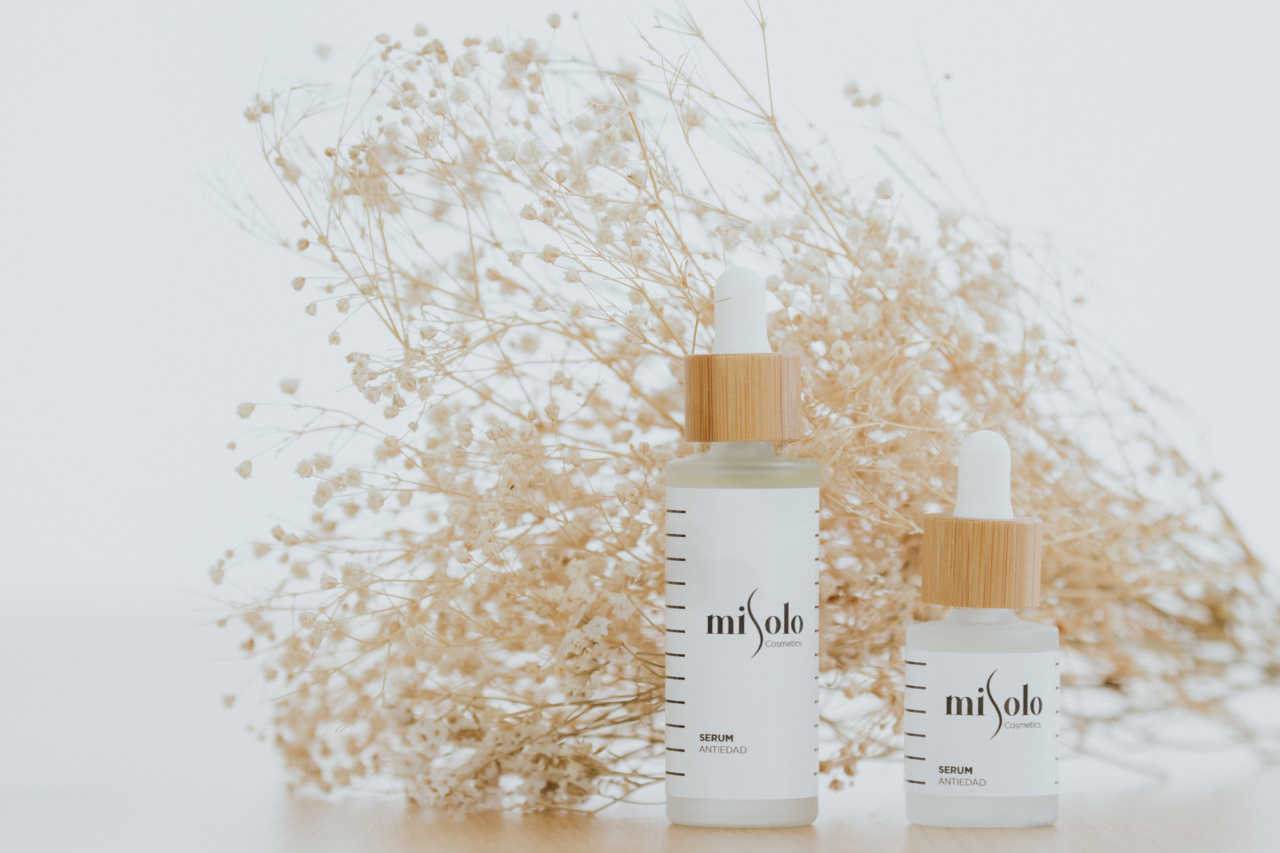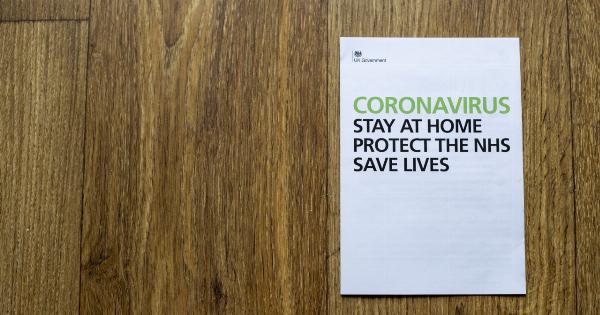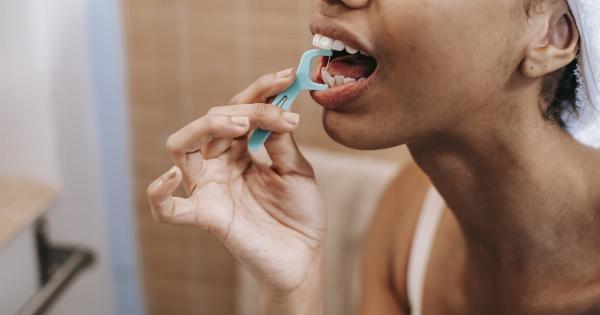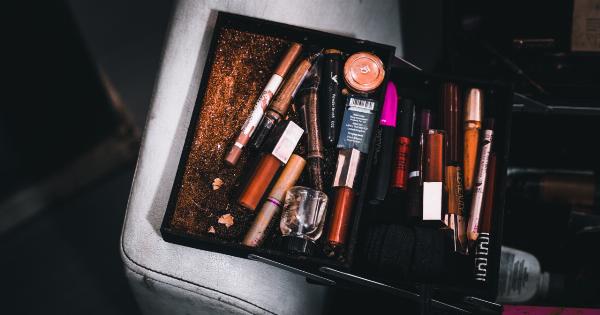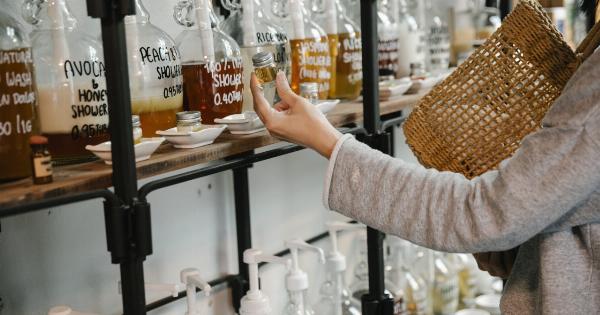Cosmetics have become an essential part of our daily beauty routines. From skincare products to makeup items, we rely on these products to enhance our appearance and boost our confidence.
However, it is important to be aware of the potential toxic ingredients that may be lurking in these products. Despite stringent regulations, some cosmetics still contain harmful substances that can have adverse effects on our health.
In this article, we will explore some of the most common toxic ingredients found in cosmetics and understand why it is crucial to read product labels and make informed choices.
1. Parabens
Parabens, such as methylparaben and propylparaben, are widely used as preservatives in cosmetics to prevent the growth of bacteria and fungi.
However, studies have shown that parabens can mimic estrogen, a hormone that plays a crucial role in breast cancer development. These estrogenic properties have raised concerns about the potential link between parabens and breast cancer.
2. Phthalates
Phthalates are a group of chemicals used to enhance the flexibility and durability of plastics in cosmetics packaging. They can also be found in fragrances and nail polishes.
Phthalates are known to disrupt the endocrine system and have been linked to reproductive abnormalities, developmental issues, and certain types of cancer. Pregnant women and young children are particularly vulnerable to the potential harms of phthalates.
3. Formaldehyde
Formaldehyde, a colorless gas, is used in cosmetics as a preservative to prevent the growth of bacteria. However, it is a known carcinogen and can cause allergic reactions, skin irritation, and respiratory problems.
Formaldehyde is often concealed under other names on ingredient lists, such as formalin, methanol, or quaternium-15. Hence, it is vital to be vigilant and identify these hidden sources of formaldehyde.
4. Lead
Lead is a heavy metal that can be found in various cosmetics, especially lipsticks and hair dyes. Some studies have shown that lead, even at low levels, can accumulate in the body over time and have harmful effects on the nervous system.
Pregnant women are advised to steer clear of lead-containing cosmetics to protect the developing fetus from potential neurotoxicity.
5. Coal Tar
Coal tar is a byproduct of coal processing and is primarily used in dandruff and psoriasis shampoos, as well as hair dyes.
It contains numerous compounds known as polycyclic aromatic hydrocarbons (PAHs), some of which are classified as human carcinogens. Prolonged exposure to coal tar can increase the risk of skin cancer and other serious health conditions.
6. Sodium Lauryl Sulfate (SLS)
Sodium Lauryl Sulfate (SLS) is a common ingredient found in shampoos, body washes, and toothpaste, responsible for creating lather.
It can cause skin and eye irritation, and some studies suggest that it may disrupt the natural balance of the skin’s protective barrier. SLS can also be contaminated with a potential carcinogen called 1,4-dioxane, which further raises concerns about its safety.
7. Toluene
Toluene is a solvent commonly found in nail polish and hair dyes. Prolonged exposure to toluene can cause neurological damage, respiratory issues, and harm to the developing fetus during pregnancy.
It is particularly important for pregnant women and salon workers to avoid these products or use them in well-ventilated areas to minimize the risk of inhalation.
8. BHA and BHT
Butylated hydroxyanisole (BHA) and butylated hydroxytoluene (BHT) are synthetic antioxidants used in cosmetics, particularly in lipsticks and moisturizers, to prevent spoilage and rancidity.
Both BHA and BHT have been associated with allergic reactions, skin irritation, and potential endocrine disruption. Some studies have also suggested a link between BHA and certain cancers.
9. Mercury
Mercury is a heavy metal that can be found in some skin lightening creams and mascara. It is a potent neurotoxin that can harm the kidneys, immune system, and nervous system.
Pregnant women should avoid using products containing mercury, as it can cross the placenta and harm the developing brain of the fetus.
10. Oxybenzone
Oxybenzone is a chemical sunscreen ingredient that is thought to mimic estrogen in the body. It has been associated with hormone disruption, allergic reactions, and potential harm to coral reefs when washed off in the ocean.
Choosing sunscreens with mineral-based ingredients like zinc oxide or titanium dioxide can be a safer alternative.
Conclusion
When it comes to cosmetics, it is essential to prioritize our health and make informed choices. Reading product labels and being aware of the potential toxic ingredients is the first step towards ensuring the safety of the products we use.
While cosmetic regulations have improved over the years, consumers must remain vigilant and choose products free from harmful substances. Opting for natural and organic cosmetics can also reduce the risk of exposing ourselves to toxic ingredients. Remember, beauty should never come at the expense of our well-being.
